About
Introduction
Tóchar is a three-year wetlands restoration project, co-funded by the Government of Ireland and the European Union through the EU Just Transition Fund Programme. It is managed by the National Parks and Wildlife Service, of the Department of Housing, Local Government and Heritage. Overall the project will spend €12m during its lifetime.
The landscape of the midlands region has changed dramatically due to the extraction of peat from its raised bogs. Utilising the landscape as a resource for extraction, for the electricity supply network, domestic fuels, and horticultural peat, provided jobs and stability for communities in the area. However, this created a loss of landscape and its ecosystem benefits for the region, with an ongoing legacy for its people, climate and nature.
The transitioning of landscapes by natural vegetation succession and dynamic processes, large-scale rehabilitation techniques, and conservation activities is ongoing in the region. This trend is likely to continue, as policies around restoration of habitats comes to the fore, notably via the National Biodiversity Action Plan and EU Nature Restoration initiatives, including a Nature Restoration Plan for Ireland.
Wetland basics
Wetlands are areas where water covers the soil, or is present either at or near the surface of the soil all year or for varying periods of time during the year. The Midlands of Ireland hosts a broad diversity of freshwater wetlands such as marshes, fens, bogs, rivers, lakes and ponds, each playing a crucial role in the country’s ecology. Bogs, including raised bogs and blanket bogs, are some of the most distinctive wetlands, characterized by their peat accumulation and unique vegetation like sphagnum mosses. Fens are another type, similar to bogs but richer in nutrients, supporting a variety of plant species such as sedges and reeds. Marshes and callows, often found along riverbanks and lake shores, are dominated by herbaceous plants and are vital for water filtration and wildlife habitats. Swamps, which are wetter than marshes, typically feature waterlogged soils and are often filled with shrubs or trees like willows and alder.
Importance of wetlands in Ireland and globally
Wetlands are among the most valuable ecosystems in Ireland and globally, providing a wide array of ecological, economic, and social benefits.
In Ireland, wetlands are crucial for maintaining biodiversity, supporting unique plant and animal species, including many that are rare or endangered. They play a key role in water regulation, acting as natural filters that purify water and mitigate flooding by absorbing excess rainfall. Many wetland types play a key role in carbon storage.
Globally, wetlands are vital carbon sinks, storing vast amounts of carbon and helping to combat climate change. They also support fisheries, agriculture, and tourism, contributing to the livelihoods of millions of people worldwide. Beyond their tangible benefits, wetlands hold significant cultural and historical importance, with many communities around the world relying on them for traditional practices and spiritual significance. Preserving and restoring wetlands is therefore essential not only for environmental health but also for sustaining human well-being on a global scale
The role of the EU’s Just Transition Fund in supporting the project
The aim of the project is to restore and rehabilitate degraded wetlands in the midlands of Ireland in the context of social and economic justice implied through a Just Transition.
The term Just Transition refers to a framework that encourages a move away from a fossil fuel dependent landscape such as commercial extraction of peat and peat-fired electricity stations, to a landscape where new opportunities are available respecting and enhancing the multiple benefits of a restored nature. It emphasises the need to balance environmental goals with social justice, particularly for workers and communities that may be adversely affected by the changes.
This concept is increasingly recognised globally, especially in policies related to climate action, as it underscores the importance of leaving no one behind in the pursuit of a more sustainable future. In Ireland, the restoration and reparation of nature to the midlands counties, which contain the most industrially altered landscapes in the country is key.
International and national climate action plans are the main policy drivers for the wetlands restoration scheme, because degraded peatlands are a source of greenhouse gases, whereas restored peatlands are carbon sinks and stores.
Team
Project Manager: Shirley Clerkin is a dedicated environmental scientist with extensive experience in heritage management, biodiversity, and climate. Under her leadership, the restoration scheme emphasises community involvement, justice, scientific research, and sustainable practices, all while balancing the ecological importance of wetlands with the needs of local communities. Shirley’s commitment to protecting Ireland’s natural heritage is evident in her hands-on approach, as she collaborates with various stakeholders, including government agencies, local organizations, and the public, to achieve the project’s goals.
Project Administrator: Monica Byrne is a community champion and has a long career with the National Parks and Wildlife Service. She brings her wide-ranging experience from Wicklow National Park to Tóchar, where her can-do approach is key to the establishment of the project and its overall coordination. Monica is a problem solver and her work is vital to ensuring the project reaches its full potential.
Partners and Collaborators:
EU, local communities, environmental NGOs
Objectives
The projects’ focus is on the restoration and rehabilitation of degraded peatlands and wetlands including:
- Preparation measures such as feasibility and design studies including restoration/rehabilitation plans.
- Stakeholder engagement activities which could include landowner negotiations, including incentive payments and/or land purchase.
- Implementation of measures to enable and monitor restoration and rehabilitation of degraded peatlands across multiple project sites.
- Education, awareness-raising and community engagement activities presenting the benefits of the restoration measures to the wider public including the development of visitor amenities such as walking trails and boardwalks.

